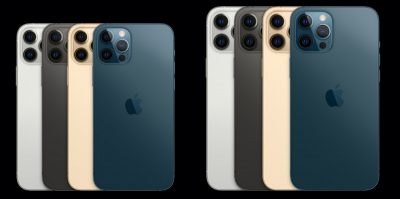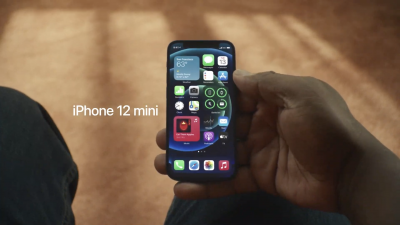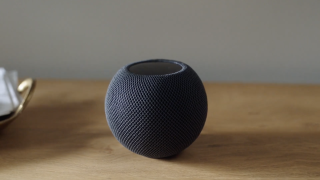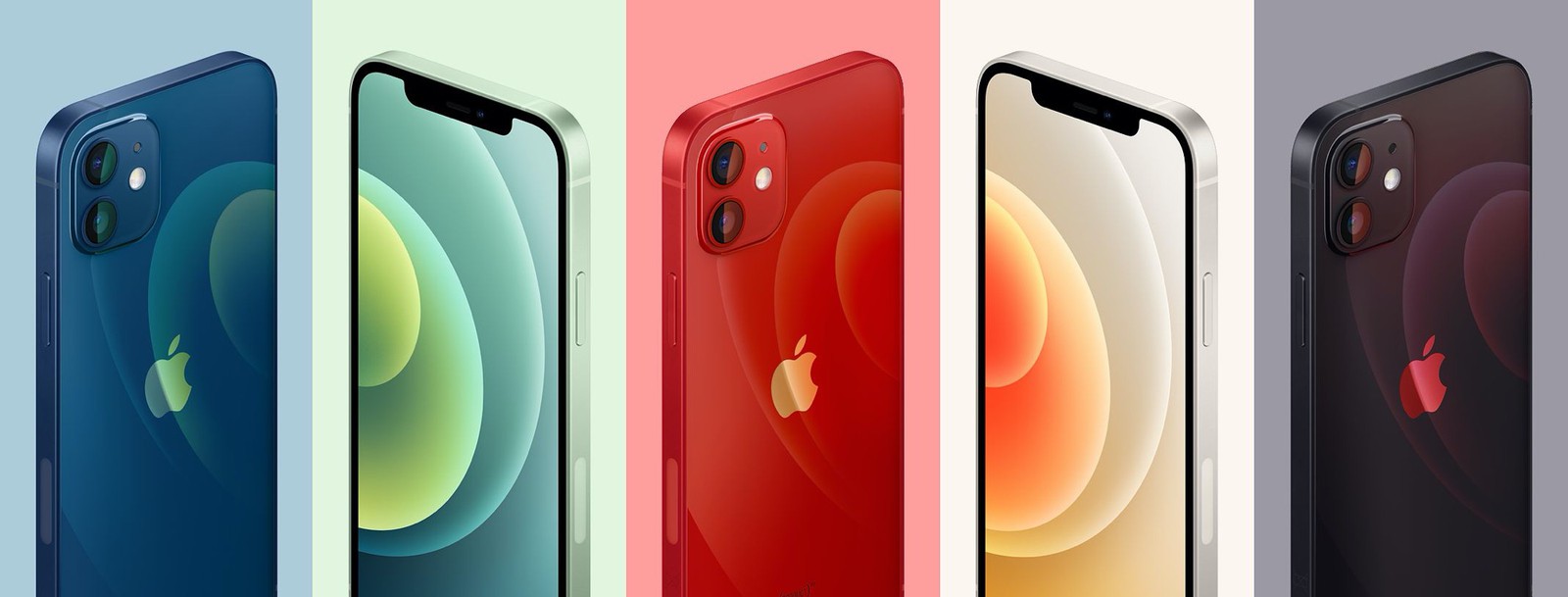Apple’s biggest event of the year took place on Tuesday, October 13.
The iPhone 12 made an appearance, and yes, it has 5G.
Here’s everything Apple announced on Tuesday, including four versions of the iPhone 12 and the $99 HomePod Mini.
The iPhone 12
Thinner, smaller and lighter, the iPhone 12 incorporates the new OLED Super Retina XDR display, boasting 460 ppi pixel density and Dolby Vision HDR support. It has a new Ceramic Shield protection layer on the screen as well. It uses the A14 Bionic, the same chip that’s in the new iPad Air with improved AI processing. It’s got a new camera, of course, a dual setup with an f2.4 ultrawide camera and f1.6 wide, Night Mode available on all cameras and night time lapse. It starts at $799 in the US, £799 in the UK and AU$1,349 in Australia.

iPhone 12 Pro and Pro Max
Both the 6.1-inch Pro and 6.7-inch Pro Max get premium materials and three cameras, as well as lidar for depth mapping, AR and low-light autofocus. The Pro Max has a new sensor on its third telephoto camera with sensor shift image stabilization, which is popular in regular cameras. It also has a new format, Apple ProRaw, which synthesizes computational photography and applies processing as parameters, so you can change adjustments like sharpness after the fact. For video, it can record 10-bit Dolby Vision HDR. The Pro starts at $999 (£999, AU$1,699), with the Pro Max at $1,099 (£1,099, AU$1,849).

iPhone 12 Mini
This 5.4-inch iPhone 12 Mini has the same features as the iPhone 12 — just smaller, thinner and lighter. It starts at $699 in the US, £699 in the UK and AU$1,199 in Australia (the same as last year’s iPhone 11).
No charger
The higher-end iPhone 12 Pro models also get bigger screens than before and a new sensor to help with low-light photography.
However, for the first time none of the devices will be bundled with headphones or a charger. Apple said the move was to help reduce its impact on the environment.
“Tim Cook [has] the stage set for a super-cycle 5G product release,” commented Dan Ives, an analyst at Wedbush Securities.
He added that about 40% of the 950 million iPhones in use had not been upgraded in at least three-and-a-half years, presenting a “once-in-a-decade” opportunity.
In theory, the Mini could dent Apple’s earnings by encouraging the public to buy a product on which it makes a smaller profit than the other phones. But one expert thought that unlikely.
“Apple successfully launched the iPhone SE in April by introducing it at a lower price point without cannibalising sales of the iPhone 11 series,” noted Marta Pinto from IDC.
“There are customers out there who want a smaller, cheaper phone, so this is a proven formula that takes into account market trends.”
The iPhone is already the bestselling smartphone brand in the UK and the second-most popular in the world in terms of market share.

Smart speaker
Apple also launched a new version of its smart speaker – the HomePod Mini.
Apple’s tinier smart speaker looks like a restaurant table candle. The new Mini has a completely redesigned audio architecture and uses “computational audio” to automatically adjust sound characteristics. It can autopair with your iPhone when it comes into proximity, and of course has deep integration with Siri. It costs $99 (£99, AU$149).


COMMENTS